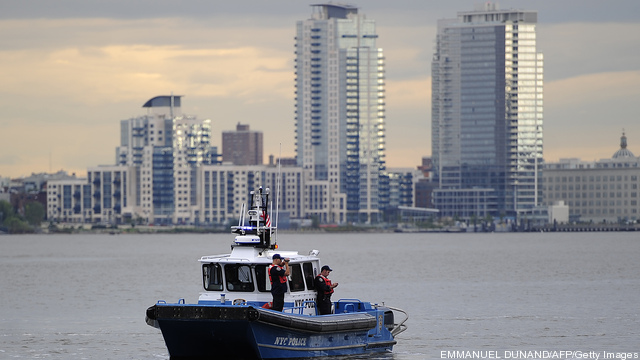
The Bonneville Power Administration (BPA), stung by a federal regulatory ruling regarding its treatment of Northwest wind power producers, is proposing new measures-including splitting the cost for lost revenue-to mollify the wind producers when an overabundance of hydroelectric power leads BPA to curtail the wind turbines in the region.
BPA sells power from dozens of federal hydro projects in the Northwest, and it controls most of the transmission lines in the region. Federal regulators in December said BPA acted unfairly in shutting off wind power in spring 2011 when a big snowmelt gave it more electricity than it said it needed. BPA’s action was opposed by wind generators, led by Portland, Oregon-based Iberdrola Renewables, many of whom lost federal production tax credits and state renewable energy certificates when their turbines were shut down and who worried that BPA’s policy could set a precedent that would stifle future support for the industry in the region. Keep reading →










